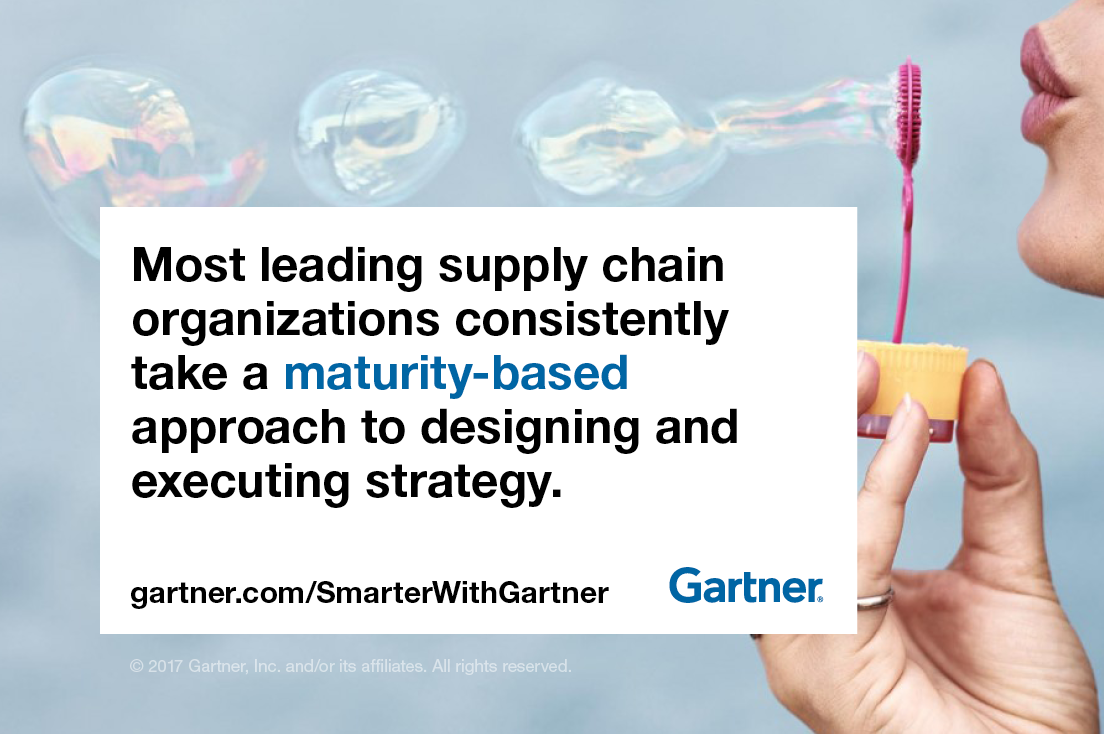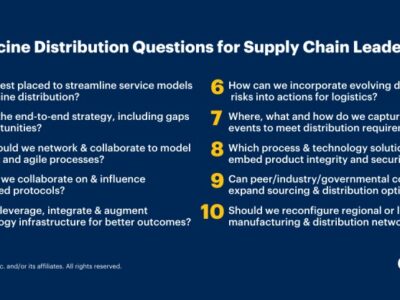These 5 stages of maturity will help supply chain and logistics leaders set strategic goals that are appropriate to their organization’s maturity level
Organizations often find it difficult to define what their journey to logistics excellence should look like. This journey typically involves development of several operational capabilities, but without a clear framework supply chain and logistics leaders may find it challenging to focus on the right areas for their organization.
Broader supply chain visibility and timely, fact-based decisions increase market share and growth opportunities.
“The path to logistics excellence is partly defined by an organization’s current level of logistics maturity,” says James Lisica, research director at Gartner. “Gartner has created a five-stage logistics maturity model against which supply chain and logistics leaders can measure their organization’s maturity, and then develop a clear, long-term vision.”
Most leading supply chain organizations consistently take a maturity-based approach to designing and executing strategy. “This is why we have developed five stages to help supply chain and logistics leaders assess their logistics maturity. These stages will help them set a strategic goal that is appropriate to their organization’s maturity level,” adds Lisica.
Stage 1: React — Siloed Autonomous Operation
This stage is characterized by autonomous departments, such as sales and manufacturing, driving logistics priorities via manual processes and disparate, disconnected systems. There is no cross-divisional standardization of the logistics services offered to customers and little coordination. For example, the sales department might take an order for 30,000 items and promise delivery without consulting the logistics team.
Stage 2: Anticipate — Functional Scale and Efficiency
Centralization of the logistics function is beginning to improve efficiency and productivity. Logistics activity and performance are captured and reported using an organization-wide model, enabling better anticipation of demand. At this level, there is a focus on creating standardized processes and methods to benefit from economies of scale and increased efficiency. Performance is internally focused on fulfillment percentage, productivity, costs and return on assets.
Stage 3: Integrate — Integrated With the Supply Chain
The focus now is on integrating the logistics function into the overall supply chain. There is increased consideration of how logistics will affect customer service, procurement and manufacturing. Productivity enhancements and cost reductions are achieved through connections to supply management and third-party logistics providers.
Stage 4: Collaborate — Collaborating With the Value Chain Network
By this stage, logistics is an integrated part of a shared supply chain management vision, with trade-offs orchestrated between profitability and customer value. There is collaboration and visibility with suppliers and customers, as well as strategic partnerships with logistics providers that go beyond simple transactional services. Logistics capabilities are reliable enough to consider opportunities to shape market channel requirements.
Stage 5: Orchestrate — Network Orchestrator of Profitable Customer Value
Logistics and the rest of the supply chain facilitate processes across an ecosystem of partners to capitalize on unique business opportunities. As a result, information flows across the supply chain network in real time. This enables broader visibility and timely, fact-based decisions, which increases market share and growth opportunities.
Get smarter
Client Research
Gartner clients can learn more in the following report: “Design an Effective Logistics Strategy With This Guide to Maturity Principles.” This report is part of the Gartner Trend Insight Report “Supply Chain Leaders Must Be Prepared to Transform in a Disruptive World: A Gartner Trend Insight Report,” a collection of research focused on how supply chain leaders should prepare for disruption and transform their supply chains to improve performance.
To gain valuable external perspective on supply chain issues, visit SCM World, a cross-industry community of the world’s leading supply chain practitioners. Now a fundamental part of Gartner’s supply chain services, this community orchestrates and curates the most innovative strategies, insight, expertise and knowledge from across the world.
Gartner Supply Chain Executive Conference
Gartner analysts will provide additional analysis of, and information about, supply chain trends at the Gartner Supply Chain Executive Conference, which will run from 20-21 September 2017 in London, U.K. You can follow news and updates from the event on Twitter using #GartnerSCC.










